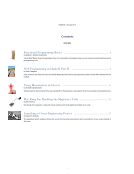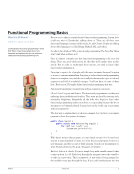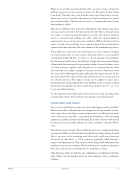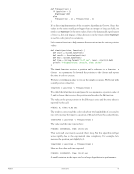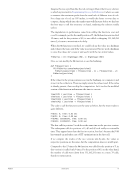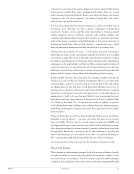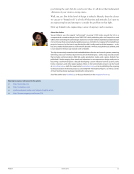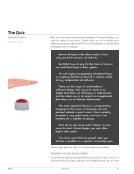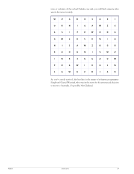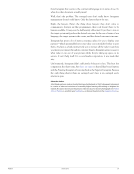Fourthly, and lastly, there are the gems—the hidden features that are both useful and cool. Perhaps my greatest find was a preferences key that turned on notification pop-outs in the Dock showing what track or movie was currently being played in iTunes. This astonishingly useful feature was included in OS X, yet was entirely hidden. Sadly, it’s been removed from Mountain Lion. However, for the second edition of Mac Kung Fu [U5] I’ve discovered gems that include preference keys that let you resize icons in Launchpad, turn off the Dock’s new smoked-glass visual effect, and activate a global setting that automatically unhides the scrollbars when the mouse cursor hovers over them (fixing one of the major irritations with OS X Mountain Lion when using trackpads). There are others, and many of them I genuinely couldn’t manage without during everyday computer use, such as a hidden drag and drop mode in Finder that makes scrolling the window by dragging a file to its edges significantly more intuitive and useful. And I would go insane without the hack that turns off dialog boxes zooming out from the middle of the screen. Fallacies Some less-knowledgeable individuals have the impression that there are billions of defaults write options out there—if only somebody could figure them out! I’ve even seen people attempt to guess preference keys based on things that sound likely! The bare fact is that while hidden defaults write options and their associated secrets come about for various reasons, many of the best from our perspective are the detritus of Apple’s programmers. Metaphorically speaking, we’re rummaging around in the dumpster around the back of Apple HQ. Because Apple is Apple, even the stuff they throw away can be pretty exceptional. I suspect although can’t prove that Apple’s developers are aware of how useful many of us find these hidden features. Although some get removed with each new release of OS X (such as the iTunes notifications I mentioned earlier), a surprising number of them stick around once they’ve been discovered. My theory? Folks at Apple find these secret settings useful too. After all, Apple’s corporate offices contain the world’s biggest contiguous group of Mac users. If you decide to became a defaults write hacker, and uncover something interesting, be sure to share it in the Mac Kung Fu forums [U6]. If I use it in a future edition of the book I’ll give you a credit! About the Author Keir Thomas is the author of Ubuntu Kung Fu [U7] and two editions Mac Kung Fu [U8] for Pragmatic Bookshelf. He recently signed-on to write a fourth book due next year. He describes himself as a 100% unofficial Mac and Linux "genius" who takes pride in writing computing books everyday users need and value — entertaining, readable, and full of useful knowledge. A former computer magazine editor and professional blogger, he switched to full-time authoring in 2005. He lives in the UK, is vegan, and his website is keirthomas.com [U9]. Send the author your feedback [U10] or discuss the article in the magazine forum [U11]. External resources referenced in this article: [U1] http://pragprog.com/refer/pragpub43/titles/ktmack2/mac-kung-fu [U2] http://arcticmac.home.comcast.net/~arcticmac/tutorials/gdbFindingPrefs.html PragPub January 2013 25
Purchased by unknown, nofirst nolast From: Scampersandbox (scampersandbox.tizrapublisher.com)


